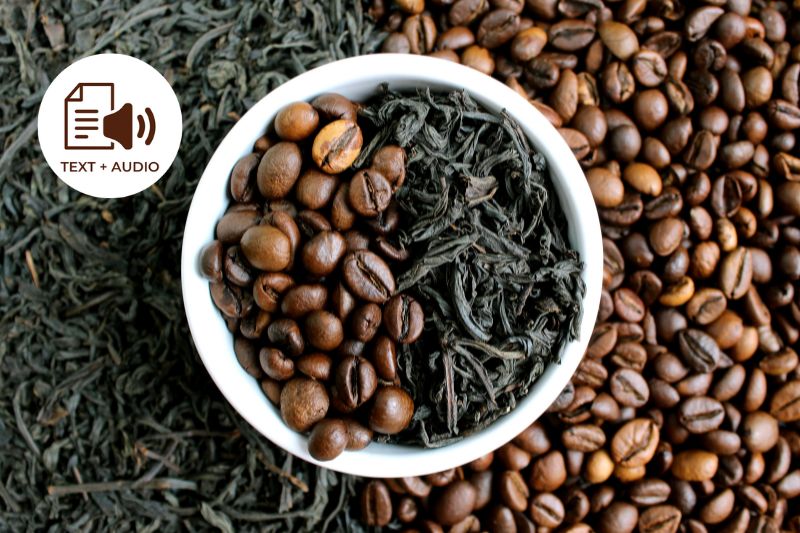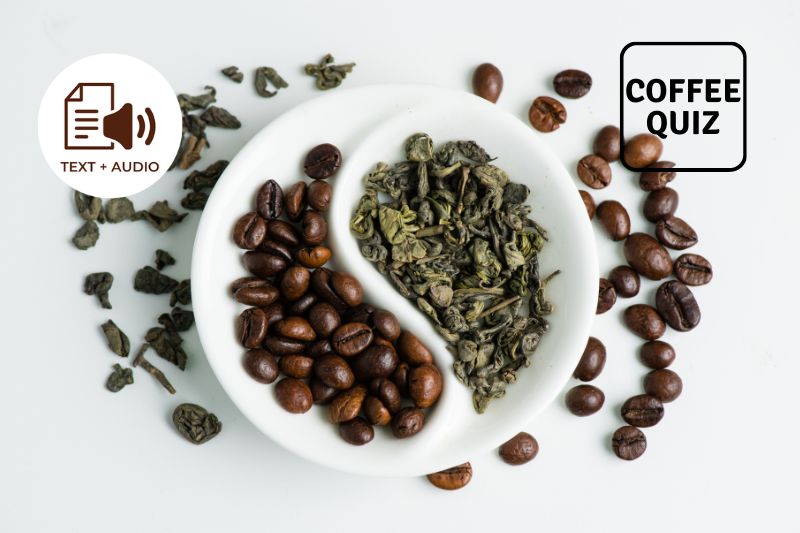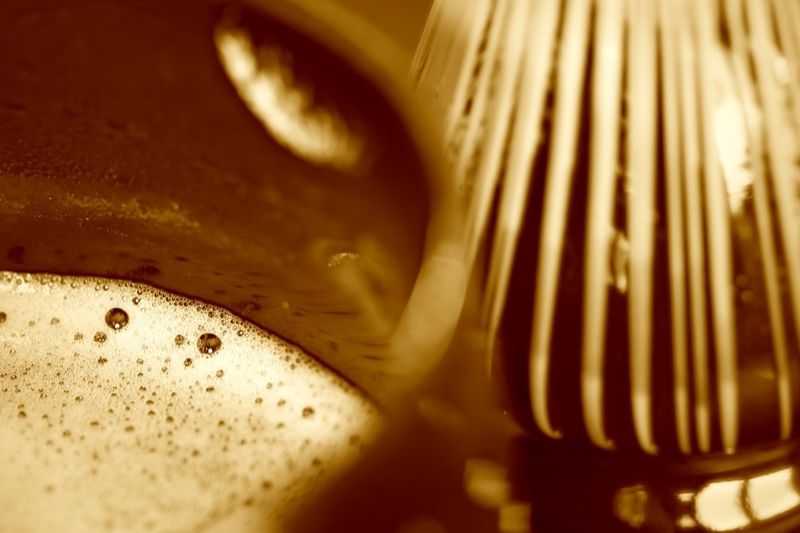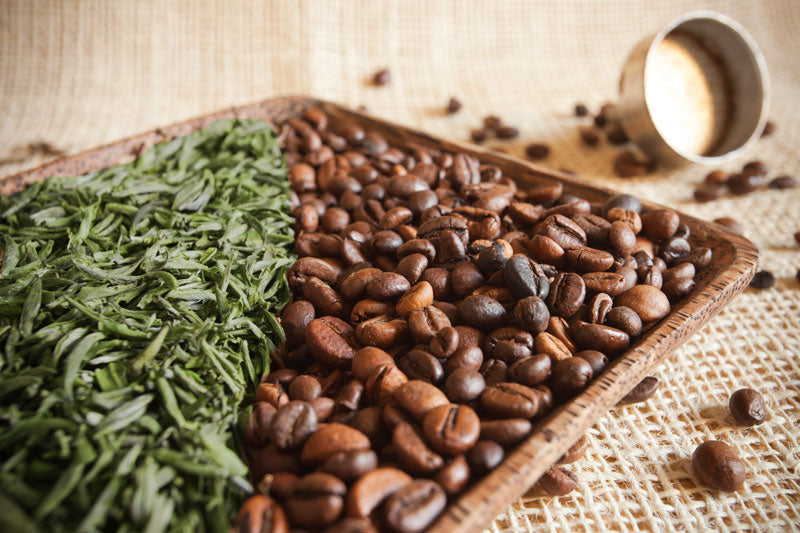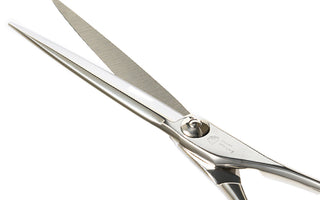Good quality coffee is best grown on mountainsides or at high altitudes near the Equator, where daytime and nighttime temperatures alternate. Most coffee beans are produced along what is known as the “coffee belt,” where 25 degrees north and south of the Equator is, and places like Brazil, Vietnam, and Ethiopia are within this area. Japan is obviously not the ideal land to grow coffee beans. So, can Japan really grow coffee beans?
To answer it directly, the answer is yes. Although Japan mainly imports lots of coffee beans, it actually does cultivate its own coffee, primarily in the Ogasawara islands and in the prefectures of Nagasaki, Miyazaki, Kagoshima, and Okinawa. As early as 1878, Takeaki Enomoto, the Tokyo University of Agriculture founder, was one of the first to farm coffee beans in Japan. He planted his shrubs on islets, sometimes referred to as the Galapagos of the Orient.

Where in Japan can we grow coffee beans?
However, most parts of Japan are not agriculturally capable of growing coffee beans. Though Japan does not have the ideal land to grow coffee beans, usually, those parts of Japan with tropical climates such as Okinawa, even if 340km away from the coffee belt, can produce. For example, coffee beans in Okinawa are usually from Brazil. While it is difficult to grow coffee in Okinawa with its frequent typhoons and subtropical climate, only a few were confident in growing coffee beans in Okinawa initially. Eventually, the land for coffee beans started to grow on the island. Okinawa falls close enough to the coffee-producing belt of 25 degrees on either side of the Equator to grow coffee beans.

Okinawa may not be the perfect land for growing coffee beans, but many factors in the ground really helped a lot. The soil of the lifted coral reef is mildly acidic, and the rainfall helps a lot in growing coffee beans and the cold winters that condense the beans. Another critical factor is that when natural elements cannot sustain the growth of coffee beans, Japan’s knowledge in technology comes in.
Are there factors other than climate to produce coffee in Japan?
The sense of camaraderie in the Japanese is also evident in the country’s production of coffee beans. For example, Ajinomoto AGF company provided equipment and techniques in Tokunoshima, located off the coast of Okinawa, to help the coffee beans planted therein sustain violent winds in 2017 when there was a decline in production due to several destructions due to typhoons. Ajinomoto AGF Inc. encourages people to meticulously select coffee beans that could withstand the land and climate factors in Tokunoshima, especially to survive the storms hitting the islands. Ajinomoto AGF sets up a goal by 2022 to increase its coffee sales using domestic coffee beans. Nestle Japan, which also manufactured coffee-based products, supports small coffee bean farms in Okinawa too.

In Tokyo, the metro government administers a small coffee plant in an isolated patch in the Pacific Ocean. The one and only variety of Tokyo coffee beans come from the Ogasawara Islands, also known as the Bonin Islands, which lie roughly 1,000 kilometers south of Tokyo. Ogasawara islands had such a drastically different climate than the rest of Japan. They tried introducing several tropical plant species and found that they could grow coffee too. As stated by history, when World War II ended and upon returning the Ogasawara residents, they saw the islands in a devastated state brought about by typhoons. However, those coffee trees were able to withstand the storms and survived. The residents were able to cultivate the coffee beans.
Local Farms that Ventured out in Coffee Bean Cultivation
Those in the coffee business in Japan should not be dismayed because, in fact, coffee beans from Yasujiro and Yuko Tokuda’s coffee farm in Ada, Kunigami Village in Okinawa, have been the first coffee grown in Japan that has earned the highest honor of being officially named as “Specialty Coffee” that is given only to high-quality coffee beans.
Tokuda was not originally into the coffee plantation. Still, given Okinawa’s historical role as an importer and a place of trade for great ideas and products, it is no surprise that the global boom in specialty coffee has made inroads into Okinawa. Tokuda was able to inherit this production and started to make coffee beans in small quantities. Tokuda then filed a petition to the Coffee Quality Institute, which is an international examining authority of coffee. And while it is impossible to get such a certificate in Japan because Japan is not known as a coffee-producing country, his coffee beans were actually able to get a grade of 84.67 points from the judges, well over the required standard value of 80 points to be registered as “Specialty Coffee.” As defined by the Specialty Coffee Association of Japan, “Specialty Coffee” is “one that consumers highly appreciate” and is cultivated “thoroughly,” managing its cultivation and quality.

Others eventually followed in Okinawa. Tetsuji Yamada, a prominent figure in specialty coffees in Okinawa and proprietor of Coffee Potohoto, built his own roasting room to have a personal touch in his locally grown coffee beans. Mr. Yamada notes the particular success of Ada Farm, Nakayama Coffee Farm, and other growers in the Yanbaru region on the north of Okinawa Main Island. He also points out the importance of having local coffee beans create an original coffee culture in Japan. He said, “Having local beans is a great addition to our coffee culture and helps create a unique coffee experience for the drinker.
Even though there are challenges to producing coffee in Okinawa, such as typhoons, lack of altitude, drying, and other things, he notes that producers have worked hard and are making great progress in both crop quantity and quality.” He added that “Because it is small in size, Okinawa will never be a major producer of coffee, but it can make itself distinct by having unique products that can put it on the coffee world map.” He expounded that since the coffee culture community in Okinawa is small in scale, personal connections can help each other raise the quality and profile of coffee in Okinawa.
This post about Can Japan Grow Coffee? was first published in 2021. We added the audio of this blog in 2022 just for you.
Get Free Bonus Book



